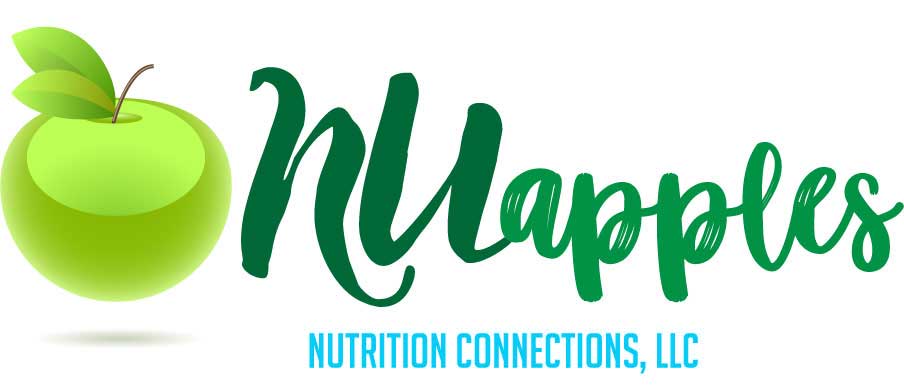Evidence-based studies are showing that certain types of Fats (Fatty Acids) are significant contributors to high cholesterol/atherosclerosis, obesity, hypertension, diabetes, gallbladder disease, and recently suggesting it may heighten the risk of breast cancer and other types of cancer J AM Diet Assoc. Studies indicate that reducing dietary fat content will decrease morbidity and mortality rates.
What more is there to say about Fatty Acids (FA)? The answer, “A whole lot more,” let the discussion began.
Considering Carbohydrates, Proteins, and Fats we ingest daily to maintain life; Fats are the most intriguing and sassy of the two. Fats provide more fuel for the body by supplying nine calories per gram, as the other two four calories per gram. The brain’s weight is made up of 60% fat, and dependent on the type of fat you eat will influence brain functions. Fats facilitate the absorption of what is known as the fat-soluble vitamins (K, A, D, E) and the phytochemical beta-carotene, which are all essential for health. The prostaglandin, hormone-like substance in the body that aids in the healing process at the site of an injury within the body, are also made from Fats. Fats maintain the integrity of the skin and cell membranes. Fats are essential to our survival as humans, however, can also be destructive as well.
Fats in our diets are classified in various forms such as healthy fats- Mono Unsaturated Fatty Acids (MUSFA), Polyunsaturated Fatty Acids (PUSFA), Omega-3 and Omega-6 Fatty Acids; and fats to limit, Saturated Fatty Acids (SFA), and trans-Fatty Acids which are a human-made product. Each of the indicated forms has a positive and negative effect on our health and well-being, as noted above.
The most prominent sassy property of fat is its ability to make food taste and smell delicious. A vast majority of Americans, including, myself have a difficult time reducing the fat content within our diets as previously recommended due to this very reason. Is it not human to enjoy butter on a slice of toast vs. dry toast? Alternatively, in comparison, the smooth taste of ice cream vs. sherbet or pop sickle. It is not by accident we are drawn to the mouthfeel of the smoothness and creaminess of fats; as well as the crispy, crunchy feel and taste of fried foods it is all by natural design.
The sassiness is in our taste buds. Out of the five taste buds, on the tongue (sweet, salty, sour, bitter and umami – meaty, savory flavor) there is not even one identified for fats. However, we crave foods containing fats and often seek them out. Science has discovered it is by way of a cranial nerve located behind the mouth near the brain, which is activated by sending a message of “pleasure” to the brain each time we eat fats. The activation of the pleasure center within the brain is the main driving force that encourages our increase appetite towards fat consumption.
Next month I would like to explore the positive and negative effect fats have on our health and the advantages of consuming certain forms of fats such as the MUSFA and the PUSFA. Fats certainly are sassy in that they do not blast away at our mouths like sugar dose; its attraction is much more secretive — those Sassy Fatty Acids.


Great write-up, I am regular visitor of one¦s web site, maintain up the nice operate, and It’s going to be a regular visitor for a lengthy time.
You are so appreciated, thank you for the encouragement!
Ive been meaning to read this and just never received a chance. Its an issue that Im extremely interested in, I just started reading and Im glad I did. Youre a good blogger, one of the best that Ive seen. This blog certainly has some info on topic that I just wasnt aware of. Thanks for bringing this things to light.
Thank you for the encouragement I appreciate you taking the time to visit my Blog it means a lot to know your efforts are not in vein.